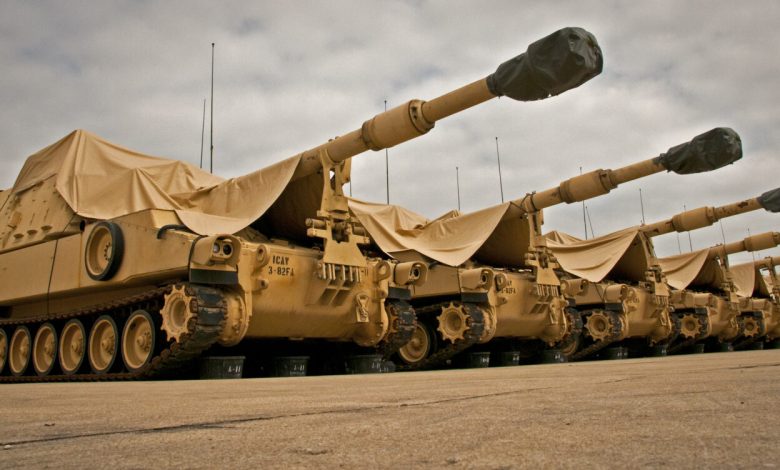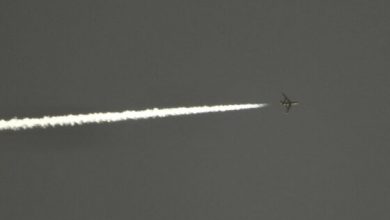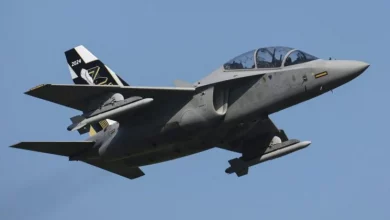US Army Reopens Hunt for Next-Gen Self-Propelled Howitzers

The US Army has issued a new request for information for self-propelled howitzers, restarting its search for a modern mobile cannon system months after pausing earlier efforts under the Army Transformation Initiative (ATI).
The request seeks industry input on available 155mm self-propelled howitzers and associated support systems. The goal is to identify mature designs that can be provided for soldier experimentation and inform the army’s future acquisition strategy.
“Comprehensive analysis has confirmed the importance of 155 mm self-propelled artillery system-of-systems to the army,” the request read.
As part of the process, selected systems could be temporarily issued to a “Transform in Contact” brigade. Contractors would provide logistics support during the experiment, which will use US 155mm ammunition and digital fire missions sent from fire direction centers.
The request outlines several areas of interest, including rearm capabilities, ammunition handling systems, domestic production capacity, and integration with existing army fire control networks.
Companies must also provide details on their supply chains, safety documentation, and delivery timelines for both howitzers and supporting vehicles.
Why the Extended Range Cannon Artillery Was Paused
The new request for information follows the army’s decision earlier in 2025 to halt work on the Extended Range Cannon Artillery (ERCA) program. ERCA was designed to extend the reach of the M109 Paladin by adding a 58-caliber gun tube and other modifications to push its effective range beyond 70 kilometers (43 miles).
Technical issues forced the army to reassess its approach under the ATI framework despite some successful firings.
In the new search, the service is looking more closely at mature systems already in service with allied forces. Germany’s PzH 2000, for example, is one of the most powerful in NATO’s inventory and has seen operational use in Ukraine.
The US still fields the M109A7 Paladin, the latest variant of its long-serving tracked howitzer, which has received upgrades in mobility and survivability but lacks the range of newer European designs.





